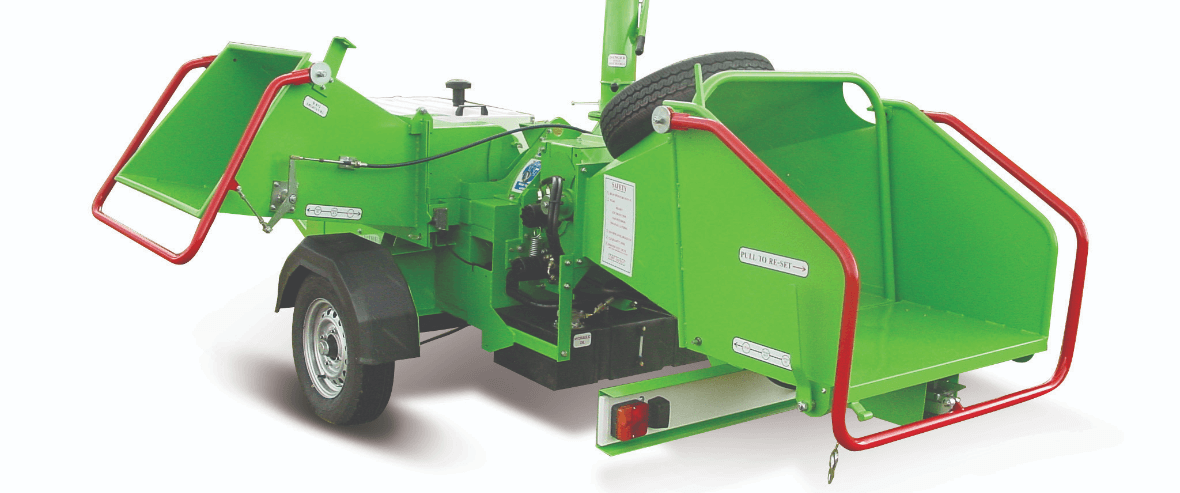
6 Things to Consider When Renting a Chipper
Wood chippers are used on a wide range of job sites, such as landscaping, roadwork and forestry jobs. They make quick work of branches, limbs and other brush, turning them into more manageable woodchips. But not all brush chippers are the same. To make the selection process easier, we've created a list of the top six things to consider when renting a chipper.
What to Know When Renting a Chipper
If you're looking to rent a chipper for your next project, take some time to identify what you're looking for in your equipment:
- Weight and size: The weight and size of a wood chipper are typically related to its power. If you need a particularly powerful or fast chipper, you'll likely be looking at a heavier and larger machine. This will affect pricing and transportation, so consider your needs to make sure you select one with the best balance of performance, convenience and cost.
- Towable vs. tracked: Brush chippers are commonly available as towable versions with wheels. They also come in self-propelled tracked versions, which can cover ground more easily and cut down on the equipment needed at the job site. At the same time, towable models are very maneuverable and may be preferable in many projects for chipper rentals.
- Power source: You can find gas, diesel and electric brush chippers. Electric chippers tend to be quieter and are good for the environment but require a power source, making them more difficult to take to remote locations. Gas and diesel chippers offer mobility and typically more power, making them more popular for commercial applications.
- Reduction ratio: The reduction ratio of a chipper describes how much woodchip product gets created from the brush. Many use a 10:1 ratio, but 20:1 and 15:1 ratios are also common. In a 10:1 ratio machine, chipped material fills just one container instead of the 10 that the brush would have filled otherwise.
- Throat size: A chipper's throat size refers to the size of the opening in which you feed the brush. This can vary widely from small 6-inch openings to those upwards of 20 inches. If you're working with extremely large brush, you may need a wider throat size.
- Features: Some wood chippers come with features like smart feeding, which makes adjustments to the speed and direction of the rollers according to engine speed. Other things to look for include safety features like bottom-bar mechanisms and large infeed hoppers.
Researching your application and equipment choice can be a significant factor in cost and getting the job done right. Make sure you take the time to figure out exactly what you need before renting your chipper.
Work With The Cat® Rental Store for Chipper Rentals
At The Cat® Rental Store, our knowledgeable sales representatives are here to help you get the right chipper for your next project. To learn about our products or request a quote, reach out to us at 1-800-RENT-CAT or browse our equipment online today.
Find The Cat Rental Store Near You